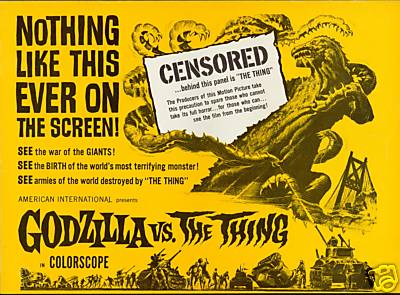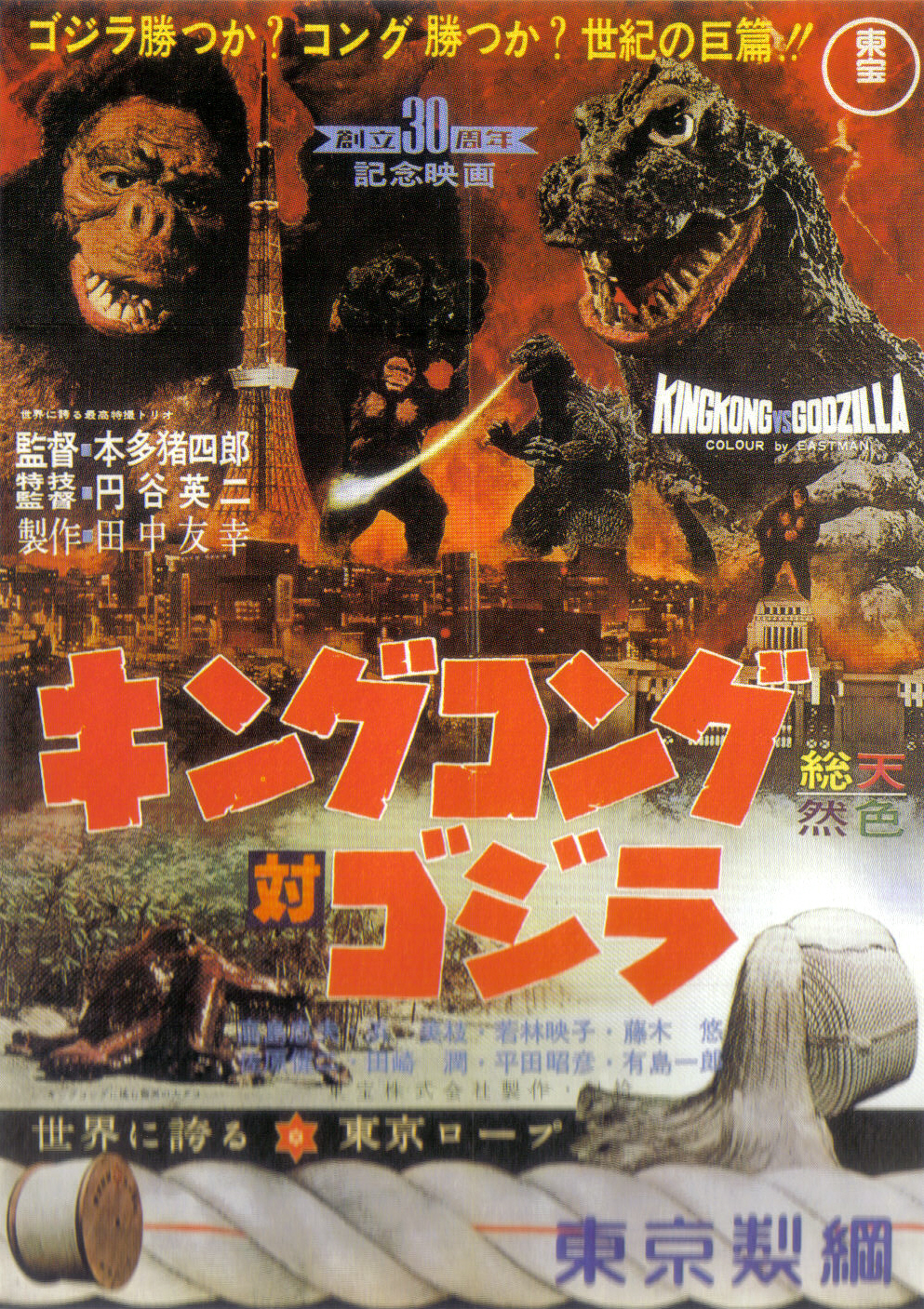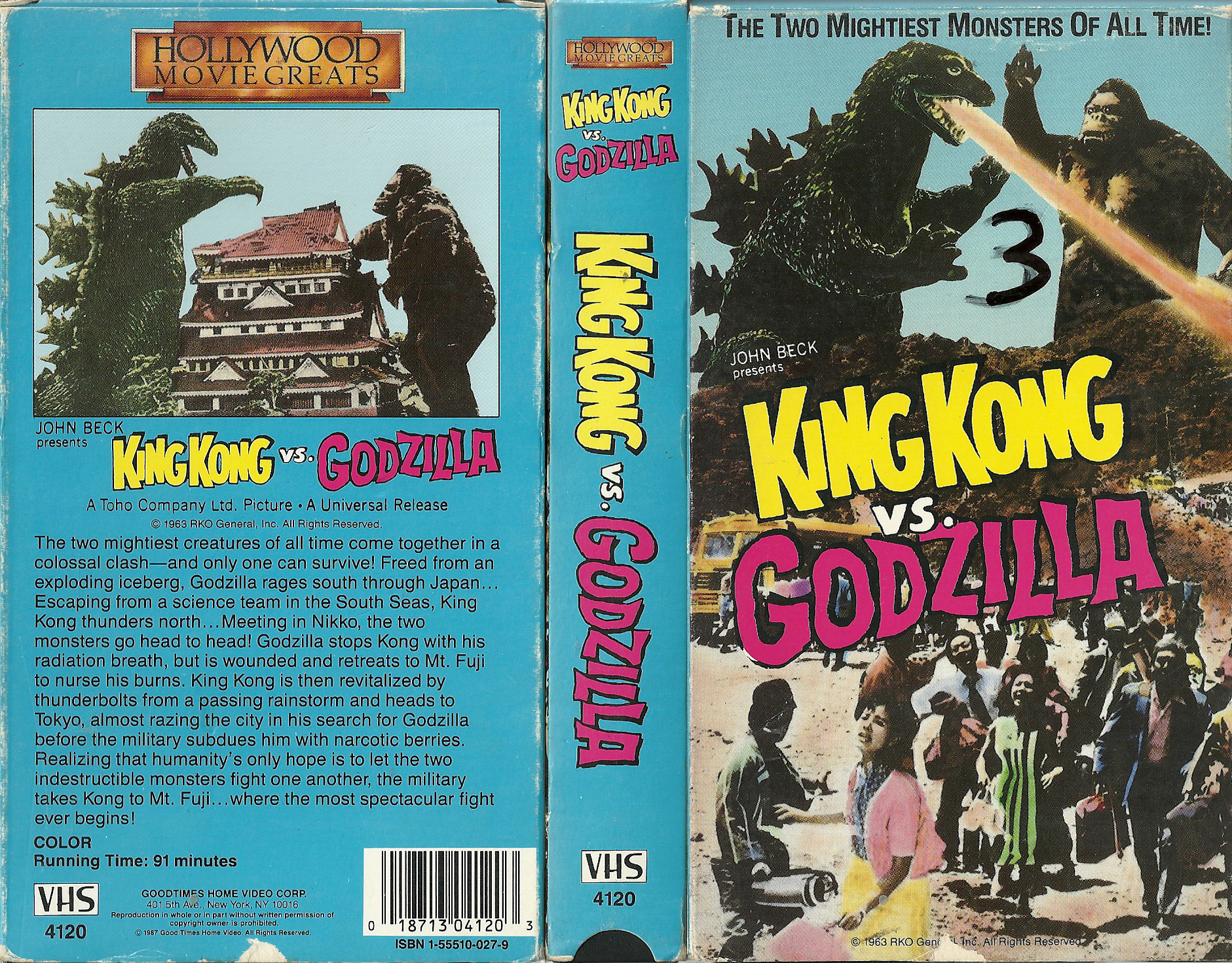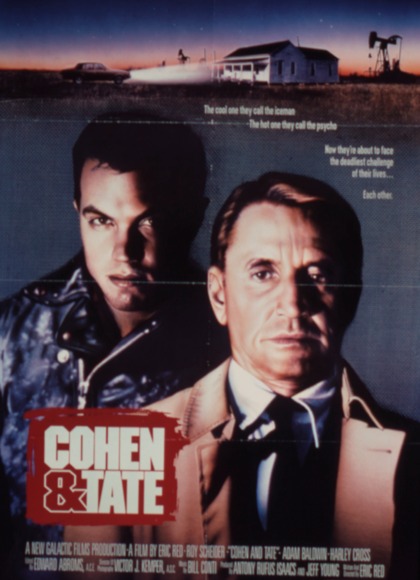This is something I wrote back in '09, but I've always liked this review so I'm re-posting it for the F13th fans who might care...

Before I even delve into this review I need to preface it by making one thing perfectly clear: I have a tremendous bias at play here. The Friday the 13th series was my Star Wars when I was growing up. I watched The Final Chapter on a seemingly endless loop. I used to sneak late night viewings of the series on USA long after my parents had tucked me into bed. I bought every single VHS tape and wore them out from continuous play (except for A New Beginning, I always hated fake Jason). I went into this remake with a mix of excitement and trepidation. On the one hand, I was happy to see all the love Jason has been getting lately. There is something awesome about seeing Jason pop up all over the place again – on subway posters, billboards, websites, magazine covers… it’s so refreshing to see my childhood icon being re-introduced to a new generation that missed the original series. Then again, on the other hand, I was worried Jason would be dropped into a 21st century flick that couldn’t do his legacy justice. This is, after all, Platinum Dunes, Michael Bay ’s production company, at the helm. Marcus Nispel, he of The Texas Chainsaw Massacre remake fame, would be directing. I was concerned since the Chainsaw remake failed to hold up after successive viewings, and I couldn’t stomach seeing the same fate for Friday the 13th. As luck would have it, it didn’t turn out quite as bad as it could have, although it also wasn’t as good as I wanted it to be.
Do I really even need to provide any kind of plot synopsis for a Friday film? Attractive 20-somethings head out to a cabin in the woods for a weekend of sex, drugs and unexpected death. That’s really the long and short of it. The only addition to that most tried-and-true of plots is that there’s a guy (Jared Padalecki) who’s also headed out to Camp Crystal Lake to look for his missing sister, one of the film’s female leads (Amanda Righetti) from the fantastic pre-title sequence.
While it’s true that all the right elements of a Friday film are here, this certainly isn’t the series I grew up on. First and foremost, let’s discuss just how Jason has evolved over the last 30 years. For those not in the know, and there are surprisingly many of you, Jason isn’t really in the original Friday the 13th. Aside from a seat-jumping cameo during that film’s final 12 seconds, he was just there to provide the impetus needed to get Mrs. Voorhees’ blood boiling. The Jason of Parts 2-4 was a lean, forest-dweller who lived in a ramshackle cabin deep in the woods and hunted anyone unfortunate enough to enter the camp grounds. He was a mongoloid, but he had intelligence enough to eke out a meager living in the woods. After he was (seemingly) killed for good in The Final Chapter, A New Beginning resurrected “the legend” of Jason Voorhees and pissed off fans were bummed to find out that the film’s slasher was merely an imposter posing as the real Jason. Jason Lives brought back the real Jason, only now he was an indestructible zombie. Regardless of the liberties they took with him, that film, along with The New Blood, were plenty of fun to watch. Jason Takes Manhattan turned him into a goddamn teleporter. I shit you not. Jason Goes to Hell, aside from about 10 minutes at the beginning and end where we see he’s a fat, mutated demon-thing, doesn’t even have him in the film. Jason X finally took him to the only place he hadn’t gone: outer space. And you know what? It was way more fun than it had any right to be. Then horror’s two leading icons finally got the match-up everyone had been waiting for, the only problem was that Freddy vs. Jason (for the most part) sucked.
Jason in 2009’s remake is a much different beast than we’ve all become accustomed to. It isn’t really made clear whether he survived his apparent drowning as a child, or if he did indeed come back from a watery grave to exact revenge, but the film establishes that he’s been living comfortably by himself in the woods of Crystal Lake for some time. Hell, even the local residents seem to know he’s out there, killing lots of people, but they’d rather just leave him be than call the police (?!?). Also, we get two different flavors of Voorhees in one film. Sackhead Jason hangs around for the first third of the film until he finds his iconic hockey mask and chooses to don it for the remainder of the flick. And despite what the writers have said, there is nothing remotely cool about how he gets the mask. Considering his acquiring the mask in part 3 worked well in relation to the story, the way he does so here just seems way too convenient. Now, here is the area where I have the most issue: Jason is too intelligent in this film. He sets booby traps, has a rigged up lighting and security system, uses wounded victims as bait to lure others and, most confounding, he’s managed to dig a series of tunnels around Crystal Lake. I kept waiting for him to take off his mask to reveal Bob Vila has been behind it all. I can accept that Jason is a skilled marksman with a bow-and-arrow, as we learn in a typically grisly manner, and it’s a series fact he’s good with throwing knives and various weaponry. But the writers here are giving Jason a little too much credit in the brain department. He’s like Lenny from Of Mice and Men, just with a machete. He’s big, he’s dumb and he plays rough.
Another staple of the series that got the short shrift here are the kills. There are a few that are memorable here, but there are a couple others that just seemed extremely lazy. The worst offender of all is when Jason suffocates someone before impaling them on a clothes hook. Suffocation? Really? People have watched the F13th film for years for 3 reasons: the sex, the drugs and the kills. When you’re lacking in originality for a film like this, as a fan, I have to wonder why. Also, despite the filmmakers touting just how grisly this entry is, I was under whelmed by the level of gore on display. I don’t need an ultra bloody film necessarily, but when you’re going all over town talking about how graphic your film is then it should at least live up to that hype. I’ll cut Jason a break on this one, since it’s his first big new outing and all, but I expect them to ratchet up on the kill creativity when the sequel hits.
The cast here is, surprisingly, not nearly as bad as I expected. I didn’t recognize anyone, aside from The Black Waters of Echo’s Pond star Nick Menell, but they all did slightly better than I anticipated. Jared Padalecki plays Clay, the guy searching Crystal Lake for his missing sister. Aside from looking very serious the entire time I thought he did well. Hell, even Trent , the pole-smoking douchebag whose parents own the cabin, was good in his respective role. I think I most enjoyed Arlen Escarpeta as Lawrence, the film’s token (and majorly tokin’) Black Guy. We all know the fate of the Black Guy in a horror film, but Lawrence does better than most and the audience was definitely rooting for him.
I’ll admit that much of my initial hesitation to this remake was due to the choice of writers Damian Shannon and Mark Swift. This is the same duo responsible for Freddy vs. Jason, one of the worst entries for both respective series and featuring some of the most poorly written characters and dialogue of any film in either. To say Friday the 13th is a marked improvement would be a fair statement. Some of the dialogue here is actually smart and there is some wit to their lines for once. While I have stated that I don’t like some of the liberties they took with Jason as a character, they still retained some of his trademark qualities and did make some minor improvements to his behavior. I hate to say this is a complaint, but they should have given us some more time to get to know the characters for who they are. Shannon and Swift seemed to be so concerned with reminding us that the series loves sex and drugs that almost every other scene features one or the other. I love a good smoke session or cheesy sex scene on screen as much as any Friday fan, but after a certain point you wonder if these people know how to do anything else.
Other than my concerns over changing Jason, my main gripe is with the music. Harry Manfredini created a legendary score for the series. His work on the first 4 films is a large part of what made them so endlessly re-watchable. The film retained many of its distinctive cues throughout all the entries, so to have someone new come in and completely blow all of that out was unfortunate. Steve Jablonsky, a longtime collaborator on Michael Bay films, comes aboard to provide a pounding jungle beat score that didn’t match the film on display. For one, his work sounds so reminiscent of Tyler Bates (Halloween ’07, 300, The Devil’s Rejects) that until I read his credit I was convinced this was Tyler Bates. I don’t need a bombastic track that makes me think Jason is going to break out glow sticks and starting popping dance moves in the woods at any moment. Jablonsky not only produced a lackluster score, but he also elects to go for cheap scares by tossing in stingers intended to make people jump at red herrings. That, in my opinion, is the lowest form of terror in a theater.
I had no problems with director Marcus Nispel. He wisely chose to use famed cinematographer Daniel Pearl (Texas Chainsaw Massacre ’74 and ’03), so the film looks absolutely gorgeous. Seriously, this is easily the best looking Friday the 13th film ever. The lighting is awesome, the location shots are awesome; everything looks really great. The film’s look will undoubtedly be compared to the Texas Chainsaw remake, since they do look similar, but overall this film maintains a better atmosphere and will no doubt hold up far better than that film does now. I think it’s also important to mention that the film doesn’t rely on that frenzied, quick-cutting style that so many filmmakers are fond of these days. The action is fast-paced, but the shots are broad and simplistic in their framing. You get a good feel for what’s going on without having to risk getting a headache following the carnage.
I think that’s probably more than enough information to form an opinion on whether or not you should see this movie. I want people to see it because I love the smell of Jason in the air, and the more money this one makes the more likely we are to keep getting sequels. I could argue that we have enough Halloween, Nightmare on Elm St. and Texas Chainsaw Massacre films that more don’t need to be made, but Jason obviously has a special place in my demented heart. I need to see the film a few more times to really let it all sink in… Not because it’s some deep Lynch-ian existential thinker, but because I need to see this Jason in action more to determine his rank among the others. Bottom line: this is a cool flick that probably won’t live up to the lofty expectation of hardcore Jason nerds, but as a horror film its far better than most of the detritus we’re treated to each year.








-poster.jpg)
-screenshot.jpg)










